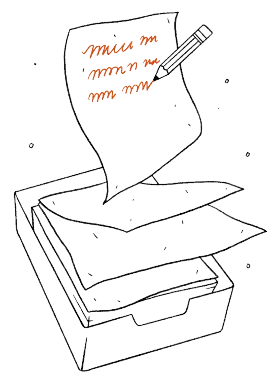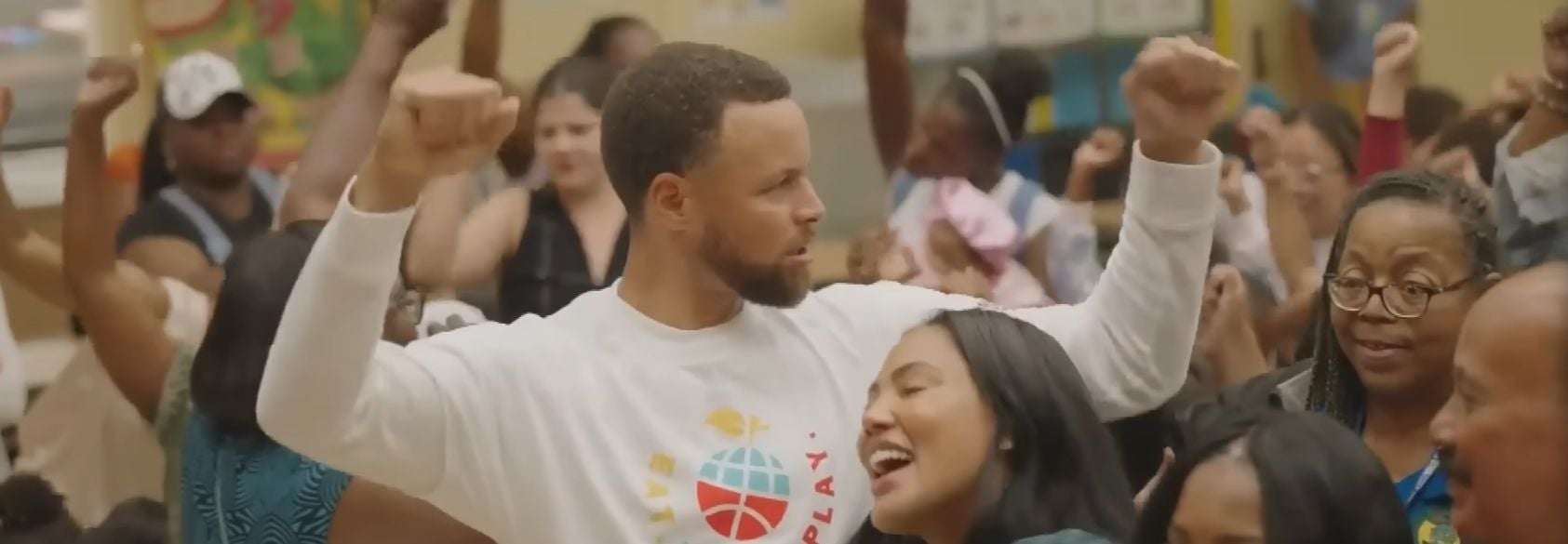From the Declaration of Independence to Washington’s refusal of a crown, and from the Constitution’s checks and balances to the ongoing practice of democratic elections, the U.S. was founded on the radical belief that freedom and equality thrive best when no one holds too much power.
In monarchies, kings and queens often inherit power. In America, power is earned—through votes, through trust, and through service. That’s what makes the American experiment so revolutionary—and so enduring.
Key Discussion Points
What Happened?
The U.S. was founded on the principle of self-governance, a direct rejection of the monarchical system it had experienced under British rule. The American Revolution was fought to establish a nation where citizens, not a king, held ultimate power. The Constitution was specifically designed to prevent the concentration of power in one person or entity, leading to a republican form of government with elected representatives and a system of checks and balances.
Why It’s Important
The absence of a monarchy in the U.S. means that leaders are chosen by the people through elections, making them accountable to the electorate. This emphasis on popular sovereignty and representative democracy ensures that the government is, in theory, responsive to the will of the people. It has shaped American political culture, fostering a belief in individual rights, civic participation, and the idea that all citizens are equal before the law, without the hierarchy inherent in a royal system. This also affects how the U.S. interacts with other nations, often promoting democratic ideals globally.
What Are the Next Steps?
The U.S. won't be crowning a king anytime soon, but the principles behind its republican government are constantly being tested and debated. Discussions regarding voting rights, the balance of power among government branches, and the role of individual citizens in shaping policy are ongoing. Understanding the historical reasons for the U.S. choosing a republic can help students think critically about modern politics, executive authority and the meaning of democracy.












